It's a fairly well-known fact that we are kitty magnets. We don't seek them out, but somehow a considerable number of cats have found their way to our place. At present, our feline population is officially ten. Our neighbors have this unique trait as well, perhaps even more so than we do, because their total at the moment is fifteen.
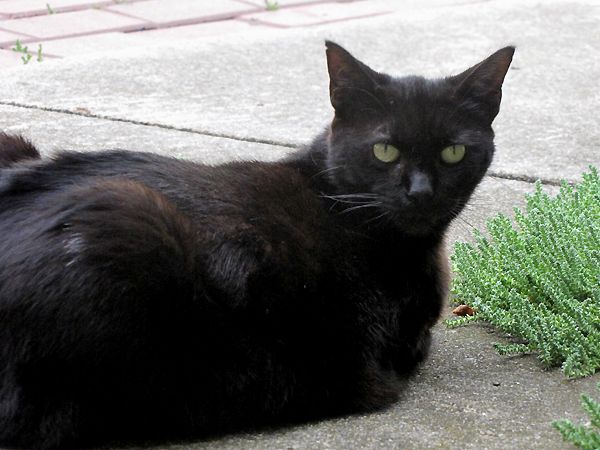 On Saturday, we'll drop by one when Lola will be adopted out. We're so happy for her, because after living in a cupboard for months, she'll be an "only" cat, inside! Here, she rarely ventures outside and has lived the entire summer inside a cupboard in the pool house. She has never liked being outside, which leads us to believe she was a house cat before she showed up here last fall.
On Saturday, we'll drop by one when Lola will be adopted out. We're so happy for her, because after living in a cupboard for months, she'll be an "only" cat, inside! Here, she rarely ventures outside and has lived the entire summer inside a cupboard in the pool house. She has never liked being outside, which leads us to believe she was a house cat before she showed up here last fall.
She started out living in the garage all winter, then moved to the pool house for the summer. Whenever one of the other cats shows up in her range of vision (quite often), she opens a cupboard door and stays inside the cupboard for hours until she decides it's safe to come out. Poor thing. The other cats never bother her, but she just isn't taking any chances. Now she'll be able to live the good life.
Last night, we had a "kitty" of a different kind in the pool house. Romie had gone out to put the cats in for the night and immediately came running back to the house and told me to come quickly and bring my camera. There was a skunk in the pool house.

Okay, not really a huge deal, except that four of the cats were also in there. OH NOOOO!! I was freaking out about the other cats, thinking they were going to get it since every single one of them was within spraying distance, but the skunk totally ignored them. The cats must have known to leave him alone, because they watched him warily and kept very quiet. All except Lola.
Of all the times for Lola to come out of the cupboard, it had to be when a skunk was in there. I could hear her growling and when she jumped up on the bucket and perched herself just above the skunk, I cringed. If that wasn't bad enough, she swatted at his tail and I thought it was going to be all over but the crying (by me).
Mr. Skunk was unconcerned. He was on a mission. After eating all the cat food in the dish, he located the large bucket where we keep it and set to work at getting the lid off.
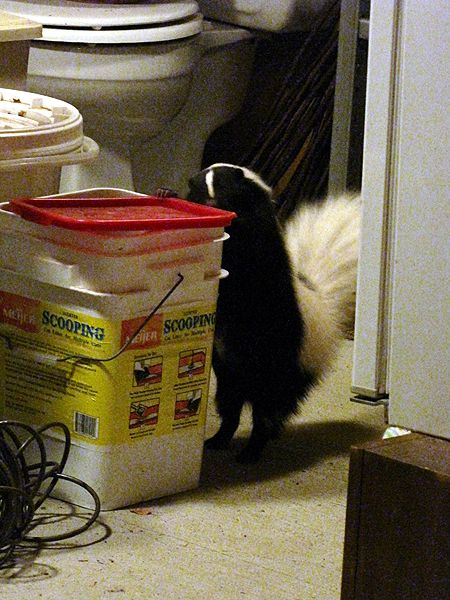
Romie and I were watching outside the pool house while all this was going on. Romie was tall enough to peek in the window and see beyond Sunny and Boo who were sitting up on the window shelf. I kept a safe distance of about fifteen feet from the door and had my "fight or flight" mode engaged. I can tell you it was going to be "flight" if it came to that.
It was actually kind of fun watching the skunk trying to get that lid off. He used his tiny paws and his snooty nose and eventually popped it off. He ate some of the food while the cats continued to watch.

At some point, both Jack and Lola walked out of the pool house, so I took them and put them into the garage. We worked at getting all the other cats put into the garage as well, so that they wouldn't let their curiosity get the better of them and wander into the pool house to see what was going on.
What happened next surprised us both.

The skunk, having had his fill of food, waddled over to a corner and curled up on the floor and WENT TO SLEEP!
Sunny and Boo were still in the pool house, up on the shelf, so we (carefully and quietly) took that opportunity to walk in and grab them so we could put them in the garage, too. Mr. Skunk slept on.
Eventually, he woke up and walked out of the pool house, over to the neighbor's. Romie saw him and once he was gone, closed the pool house door. Whew! Disaster averted. But a short time later, when we turned the outside light on, just to check if he'd come back, what do you think we saw?
A different skunk, sniffing around. This one had a black tail. We're just going to have to make sure we get that door shut before dark. We were lucky this time, but we might not be so fortunate again!
 Monarchs can't fly in temperatures below 50° F, which is why they flock in trees overnight until it's warm enough to continue on their long journey to Mexico.
Monarchs can't fly in temperatures below 50° F, which is why they flock in trees overnight until it's warm enough to continue on their long journey to Mexico. 












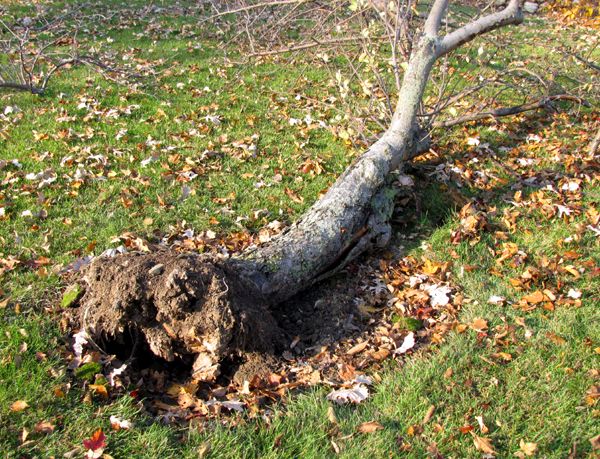
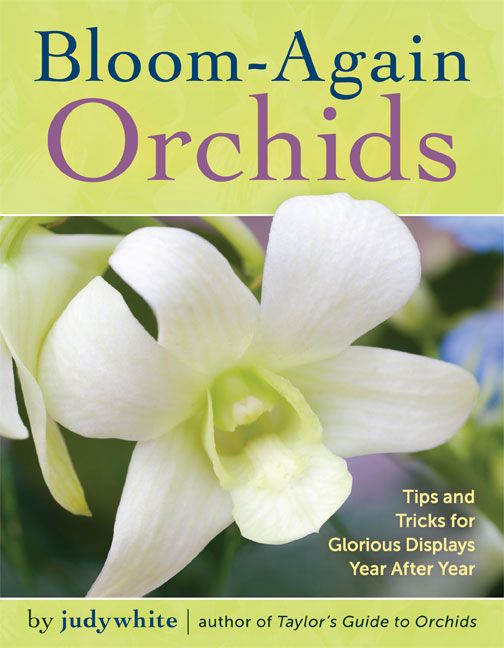


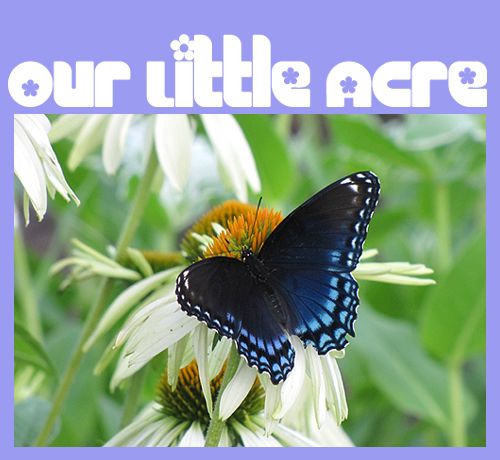




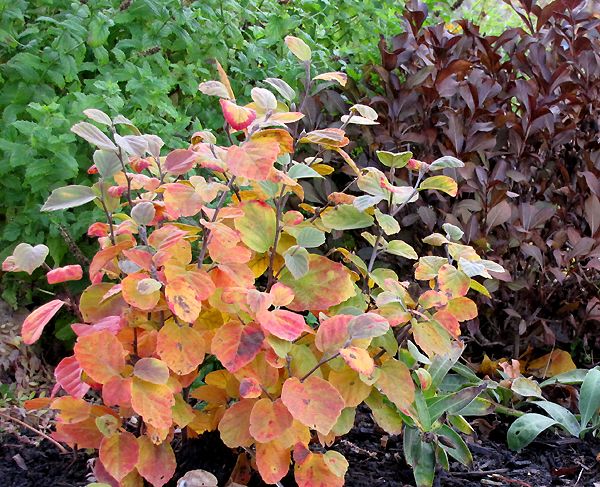
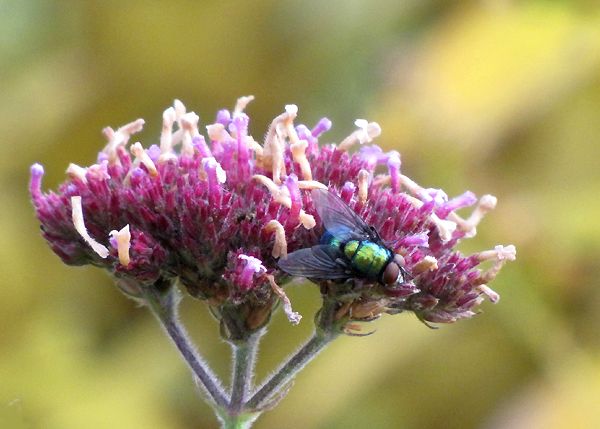


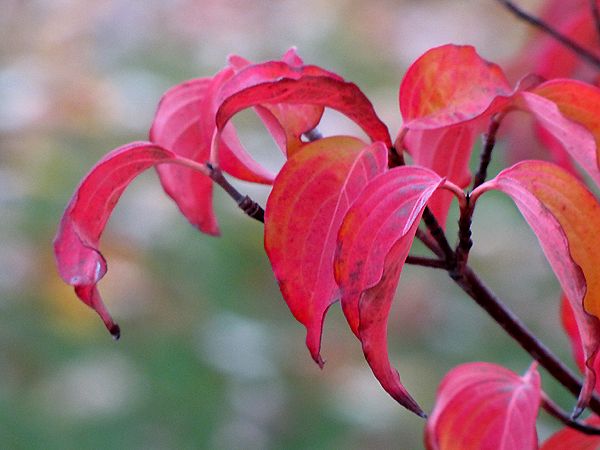
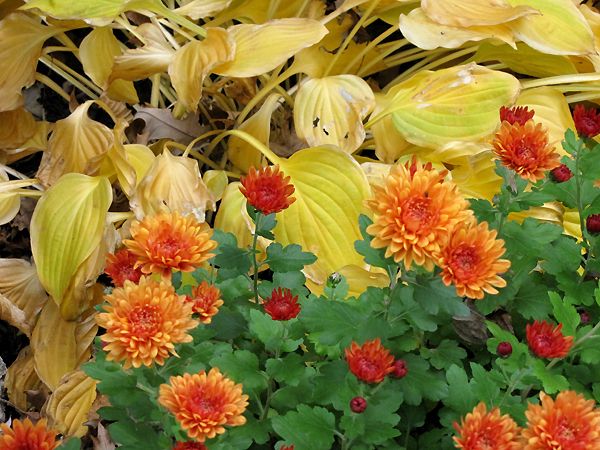
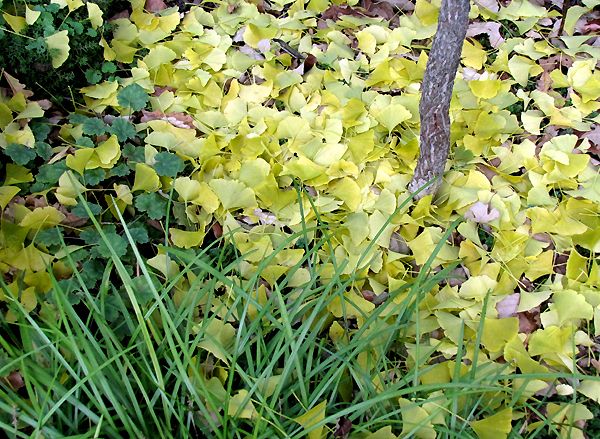
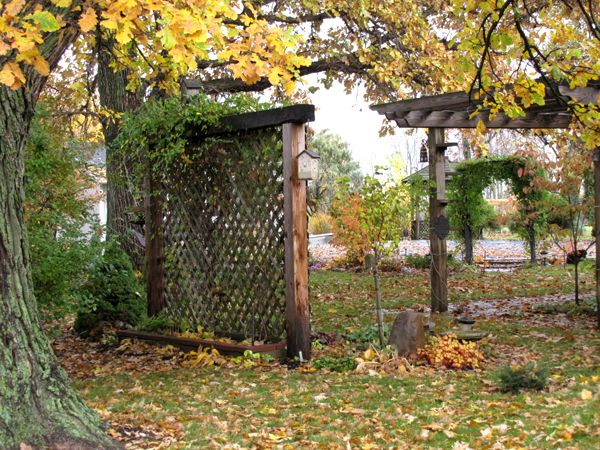

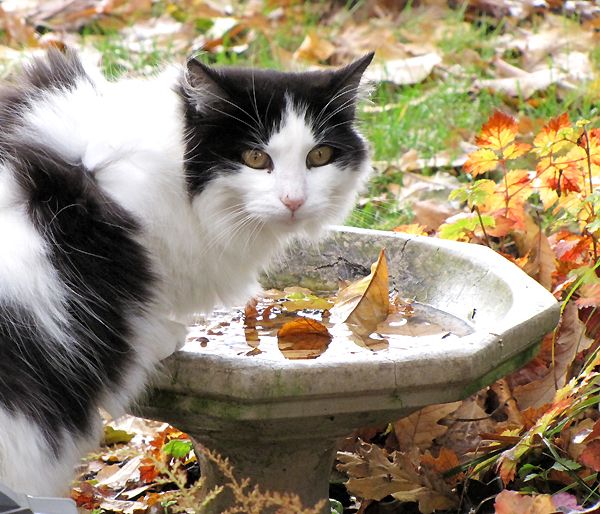

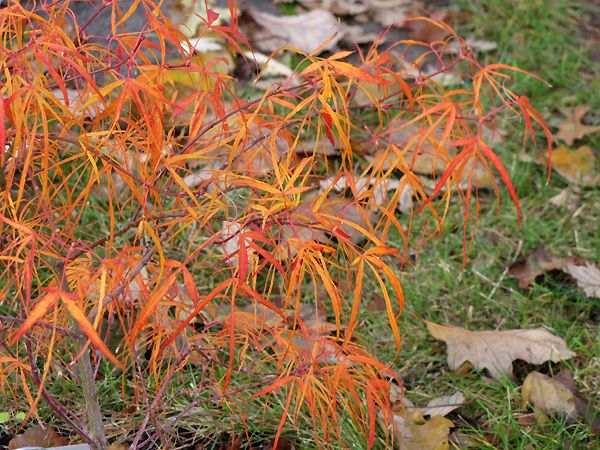
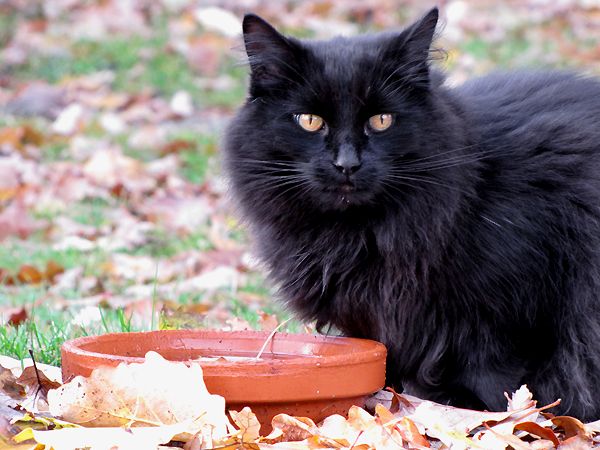
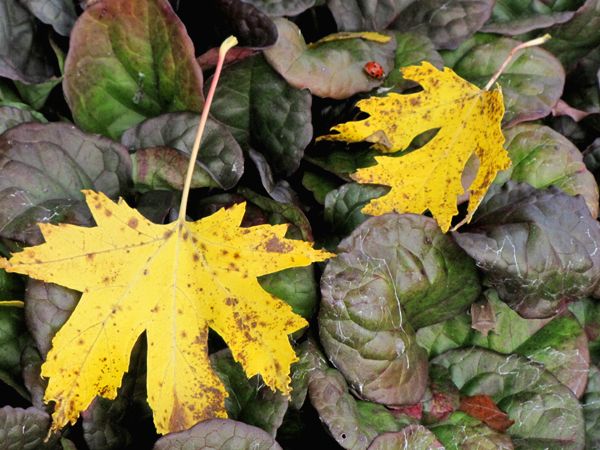

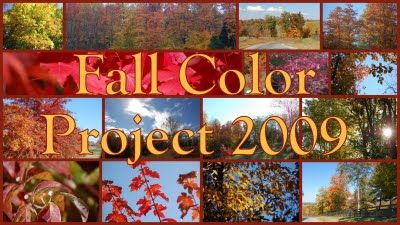






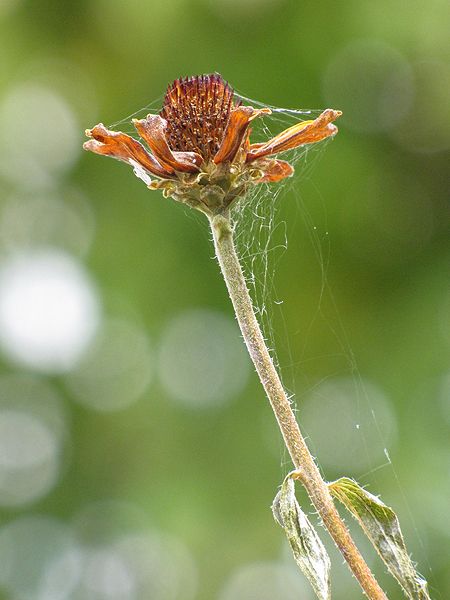
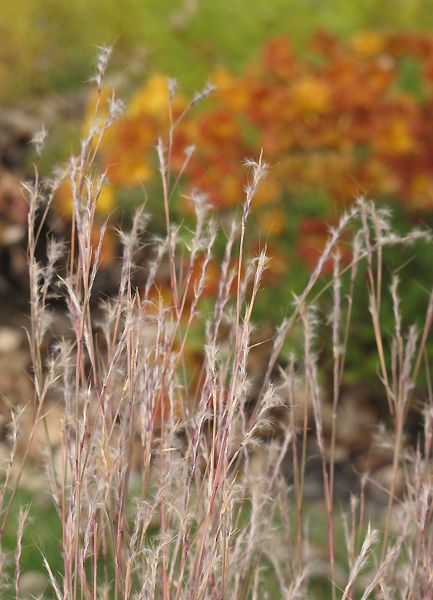

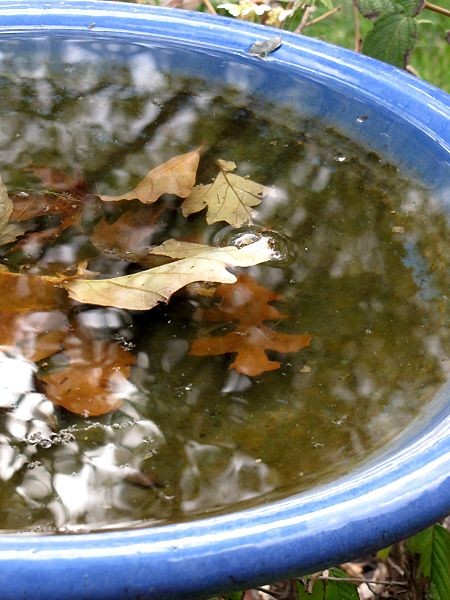
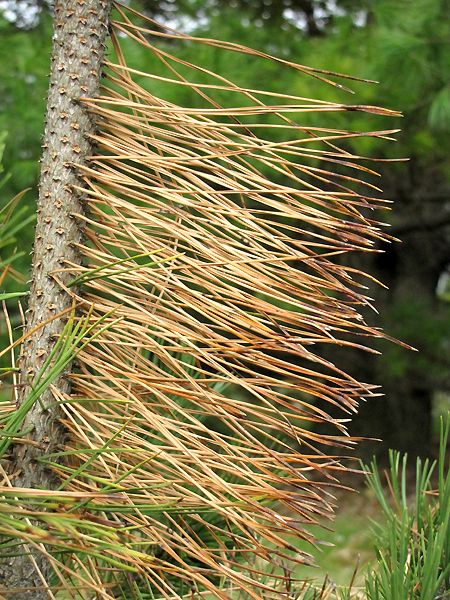

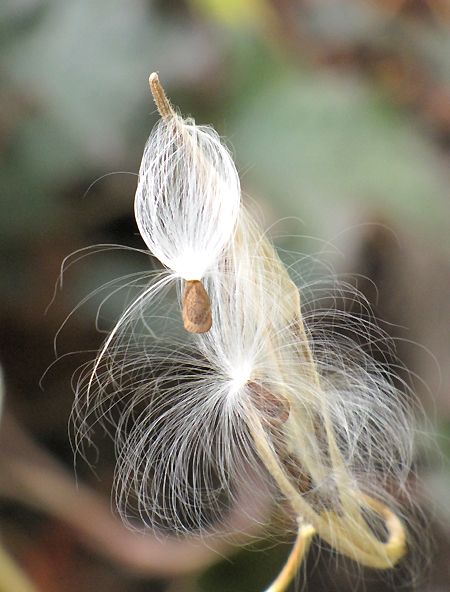
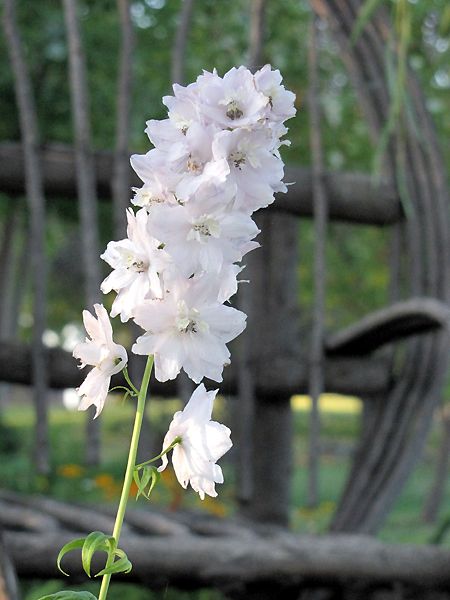
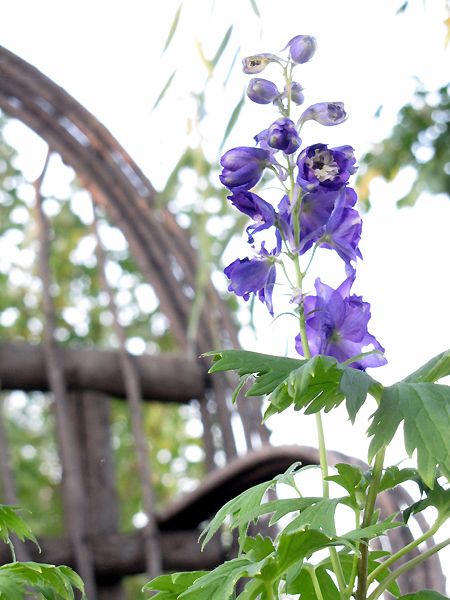

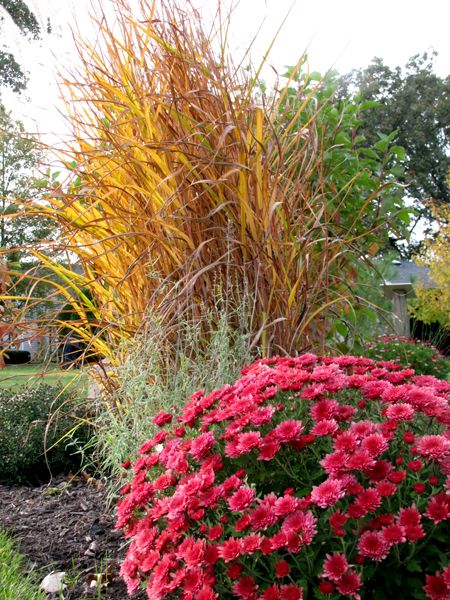
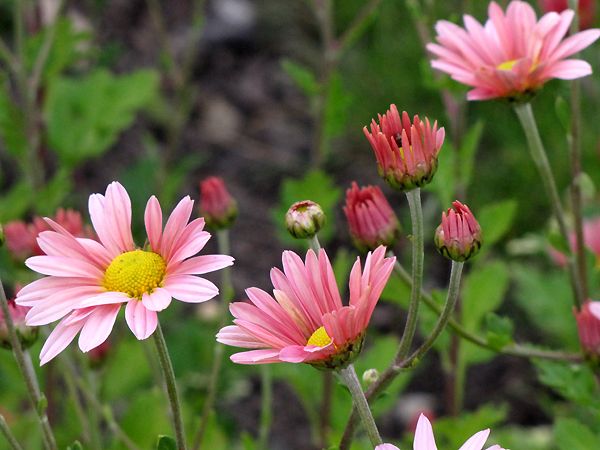

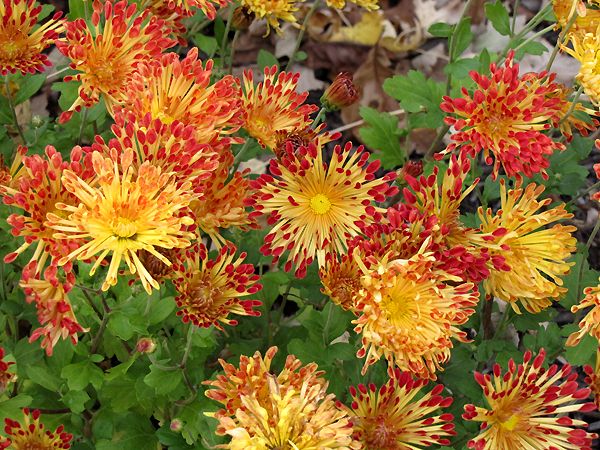

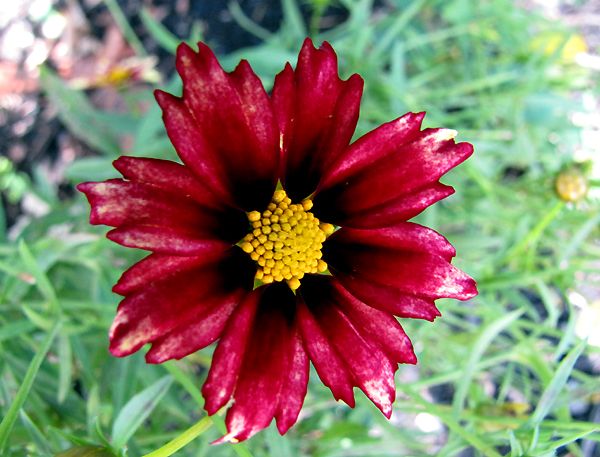
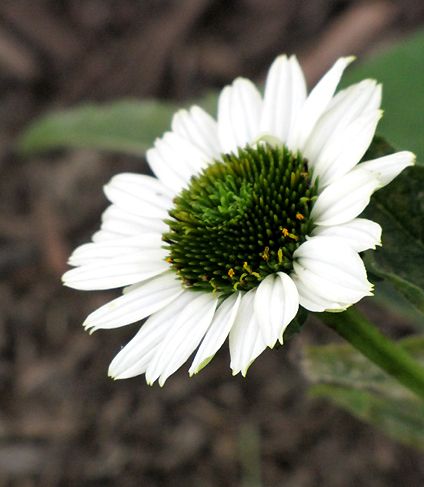
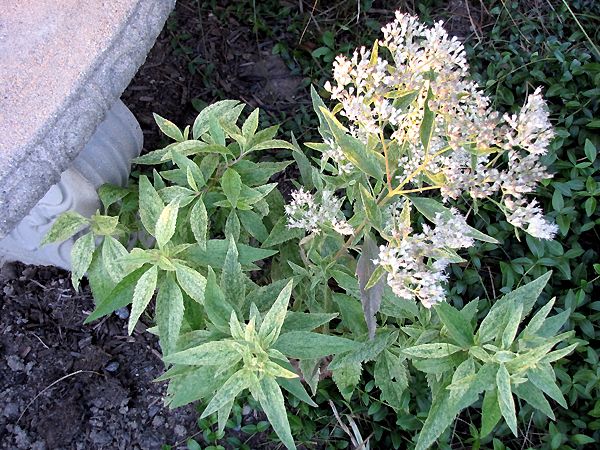

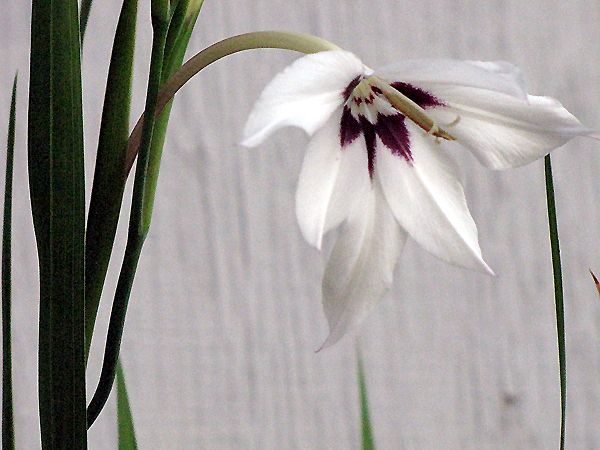
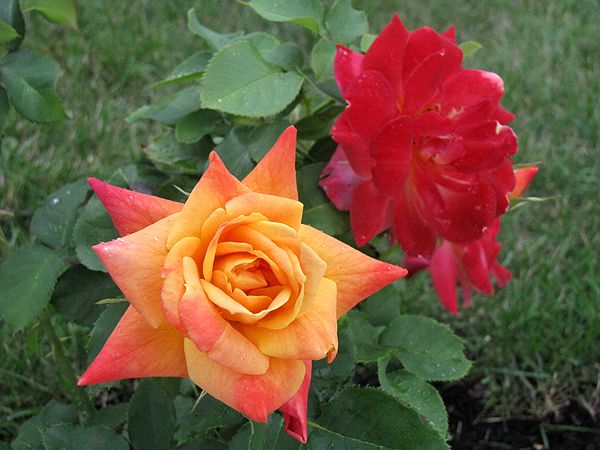
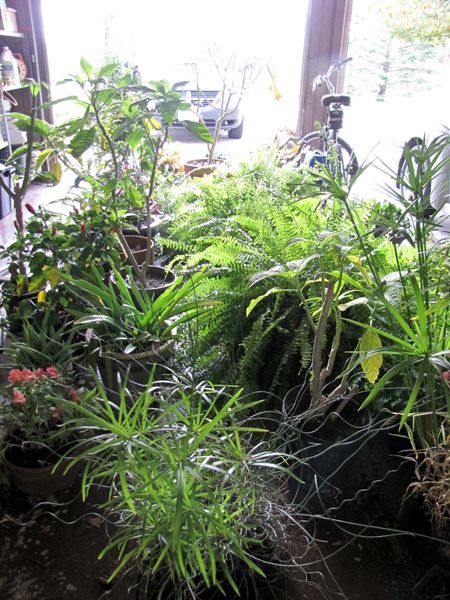






 "Bejeweled"
"Bejeweled"


